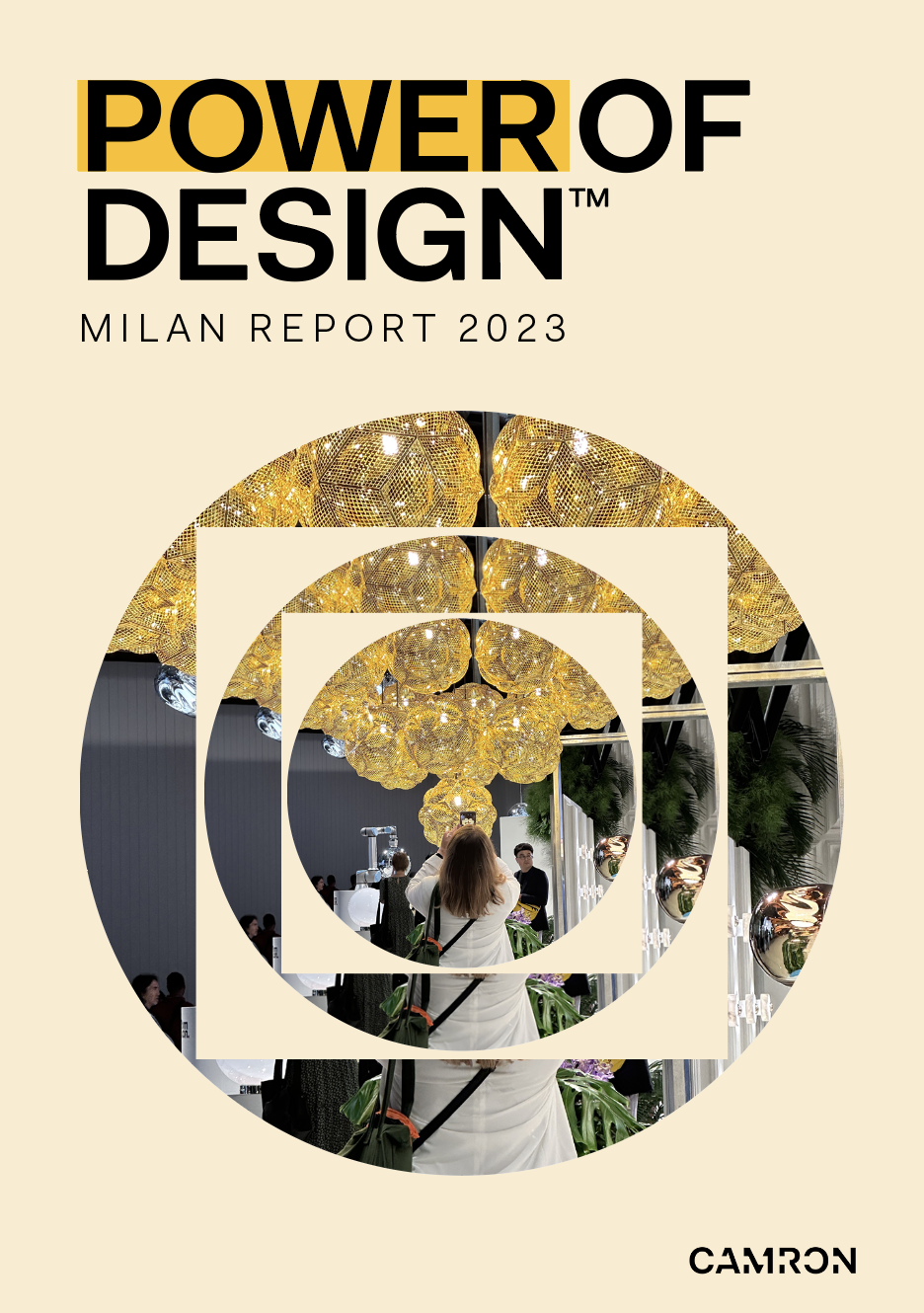Genevieve Bennett, head of design at Liberty shares her guide to London
Exploring craft offers the opportunity to look more closely at a brand’s DNA and origin story.

The luxury market, by all accounts, is on the upswing. Earlier this year, LVMH, the parent company of brands like Louis Vuitton, Dior and Fendi, became the first of any European company to receive a valuation of $500 billion. Never before has there been such a demand for luxury goods, so much so that the conglomerate has nicknamed this decade ‘The Roaring ‘20s’. This is true of both fashion and design — two industries in which a product’s intrinsic value is often derived from artistry and craftsmanship. A 2021 report from Bain&Company valued the high-end furniture and housewares market at $53 billion. But as the market grows, so too does competition for an ever-bigger share, and it’s up to brands to find clever ways of setting themselves apart.
When communicating the allure of luxury goods, among the greatest challenges is explaining exactly what gives them value. Between when a chair, rug or even handbag leaves the atelier and enters the market, a whole host of context is lost — and it’s up to the brand to explain to the public precisely what that is and why it matters. One way is by letting the consumer peek behind the curtain to understand better how an object is constructed: the time it takes to complete it, the value or rarity of the materials that comprise it and the skill of the artisans who produced it. It’s one thing to appreciate a finished object’s aesthetics or engineering, but another entirely to see it come to life. This, understandably, requires a keen sense of storytelling.
Salone this year was full of excellent projects that highlighted craft. At Loewe, creative director Jonathan Anderson staged an exhibition of Welsh cane chairs, a type of handmade wooden seat that has been produced in Wales since the 1600s, that were reinvented by contemporary designers and available to purchase on site. At Loro Piana, Argentinian designer Cristián Mohaded created an installation inspired by traditional rock piles found in the Andean Mountains, which was partly inspired by the traditional craft of his home country. While Louis Vuitton’s ‘Objets Nomades’ collection, now in its 11th year, highlighted the superlative skill of its leather artisans by allowing furniture designers to run wild with inspiration, resulting in gorgeously crafted objects by the likes of Marcel Wanders, Raw Edges and Atelier Oi.
But while these brands often incorporate craft as a part of their storytelling, simply showing the product of traditional construction methods is not enough. Lately, brands have been staging live, interactive exhibitions to great success. For the public, seeing the process up close can completely change their perception of a brand. For instance, during Milan Design Week Fornasetti set up an impromptu atelier in their via Senato showroom and invited fairgoers to watch their skilled artisans at work. It was an exercise that allowed them to see up close what is usually jealously guarded behind atelier doors, finally witnessing firsthand the careful attention and acute skill required to complete one of their fantastical pieces. Or even more recently, historic Stoke-on-Trent-based ceramics brand 1882 Ltd set up shop on the salesfloor of Liberty London to demonstrate the painting process of their new collaboration with designer Bethan Laura Wood.
Seeing craftsmanship up close functions as an entertaining experience, but it also plays a role in educating a consumer base who otherwise might not understand or be aware of its value. Considering Gen Z’s buying power — and the prediction that the cohort will make up 40% of luxury consumers by 2035 — it’s integral for a brand to communicate its products’ value beyond simply aesthetics and style. It adds to the much coveted ‘authenticity’ younger audiences crave and creates an additional level of social currency through insight and information.
With luxury booming and more competitors entering the space, those with craft and heritage stories to tell hold an ace card, effective when played at the right time in the right way.
As a consumer, it’s easy to forget the human touch it takes to make these exceptional objects. And as more and more luxury brands pivot from handmade goods to industrial production, it’s smart for brands to remind — and show — the public exactly what sets them apart.





